From dead drops to laser-spying: tradecraft through the decades
New ITVX drama A Spy Among Friends explores the incredible story of two real-life MI6 spies – Nicholas Elliott (Damian Lewis) and Kim Philby (Guy Pearce) – whose decades-long friendship fell apart when Philby was revealed to be a treacherous double agent, spilling secrets to the KGB. Here historian Guy Walters explores the key techniques and kit spies like Elliott and Philby used during the Cold War era – and which ones are still being employed today…
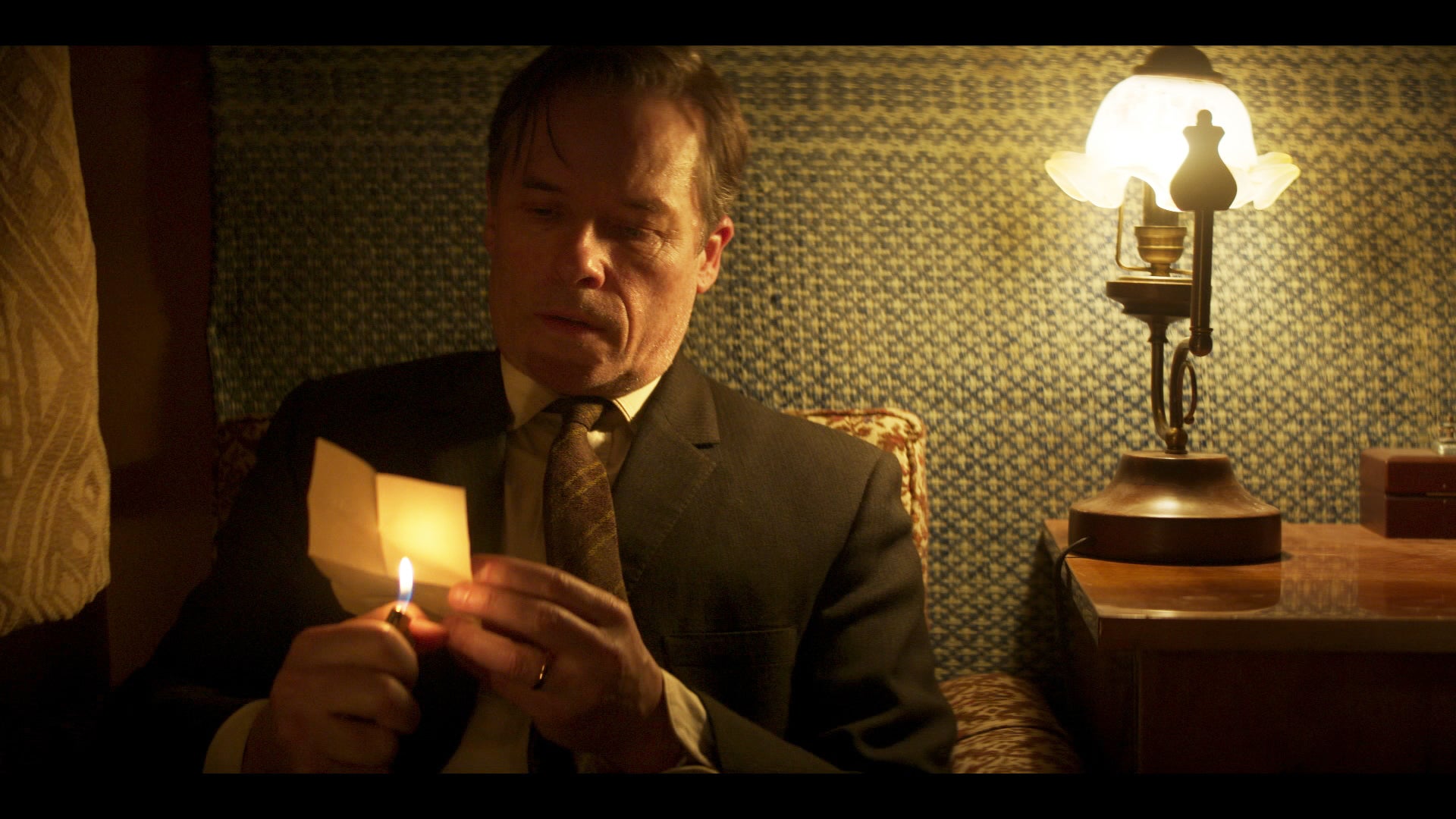
When it comes to tradecraft – the techniques and technologies used in modern espionage – our minds often go straight to the not always entirely accurate (or plausible) rocket-firing cigarettes, grenade-launching pens and lazer-beaming watches from the spy films and shows we grew up on. Yet in real life, though some tradecraft is just as fiendishly clever, impressively high-tech and actually out-there as the gadgets and gizmos dreamed up by Hollywood, other examples represent far simpler, trusted techniques that allow agents to capture and share information efficiently and discreetly, with only a steel nerve and a cool facade required.
As Ben Macintyre, author of the New York Times best-seller upon which ITVX psychological drama A Spy Among Friends is based explains, the tradecraft practiced by agents such as Philby and Elliott is “not James Bond-y tradecraft. These are the very subtle signals and techniques that are essential to being a spy and living as a spy. It’s how it’s actually done.”
Indeed, when Soviet agent Arnold ‘Otto’ Deutsch first recruited Kim Philby as a double agent in 1934, it was these rudimental spy skills that he shared – how and where to leave messages, how to detect if a telephone was bugged, how to spot and lose a tail. Here we explore how tradecraft has evolved and developed from Philby and Elliott’s era, and the age-old techniques still being utilised by modern-day agents.
Covert communications and dead drops
While we might tend to associate spying with suave Sixties special agents, it’s actually one of the world’s oldest professions. Secretly gathering intelligence about your enemies – or your friends, as Philby did – has been practised since time immemorial, and even gets a mention in the Bible, when Joshua secretly sent two Hebrews to scout out the fortified city of Jericho before he attacked it.
Yet while the essence of espionage hasn’t changed, many of its accoutrements have developed remarkably with the march of technology.
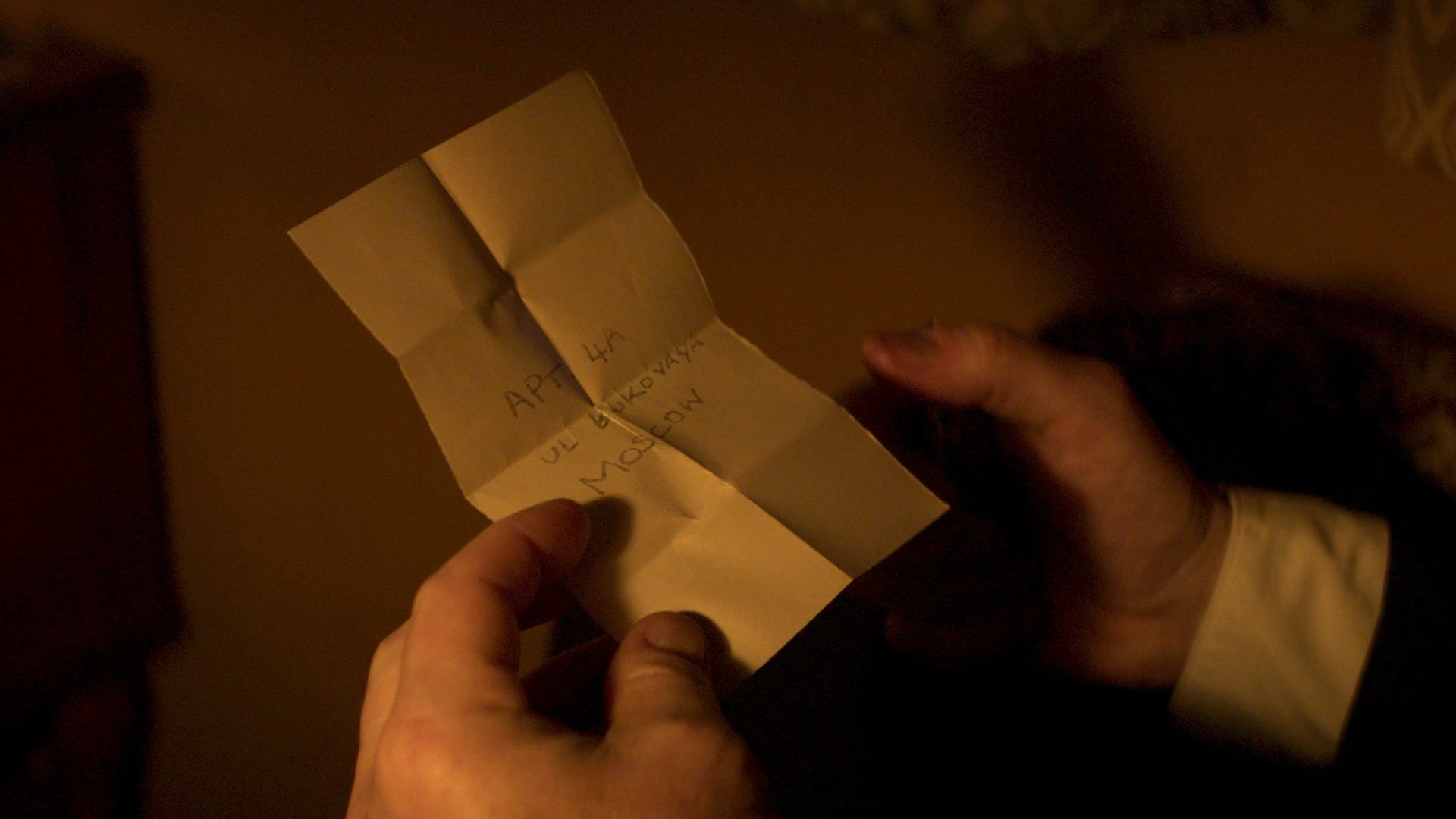
Take, for example, the ways in which spies have had to send the information they have gleaned back to their handlers. One of the early (and slightly schoolboyish) ways this was done was by using invisible ink, made from a complex combination of chemicals and liquids, to scrawl messages between the lines of innocuous letters that could be revealed with heat or steam – in A Spy Among Friends, Philby recieves a message written on a cigarette packet which he has to warm up with a lighter to read. During the 1950s the KGB developed a quicker method – disappearing ink pens – which are now widely available.
Another key tradecraft technique is the ‘dead drop’ – where you leave a message or information in a pre-agreed spot for your contact without actually meeting in person (in person meets are known as ‘live drops’). ‘Covert’ dead drop equipment includes the dead drop spike – a small, spiked, waterproof canister that can be pressed into soft ground. While ‘overt’ dead drop equipment is designed to look like ordinary, innocuous items people wouldn’t give a second thought to – like a hollow bolt, which again could be used to stash key intel in. In A Spy Among Friends, Philby is sent a message from Russia via the beermat handed to him by a waiter, effortlessly subverting the surveillance he is under, and providing key information for his next move.
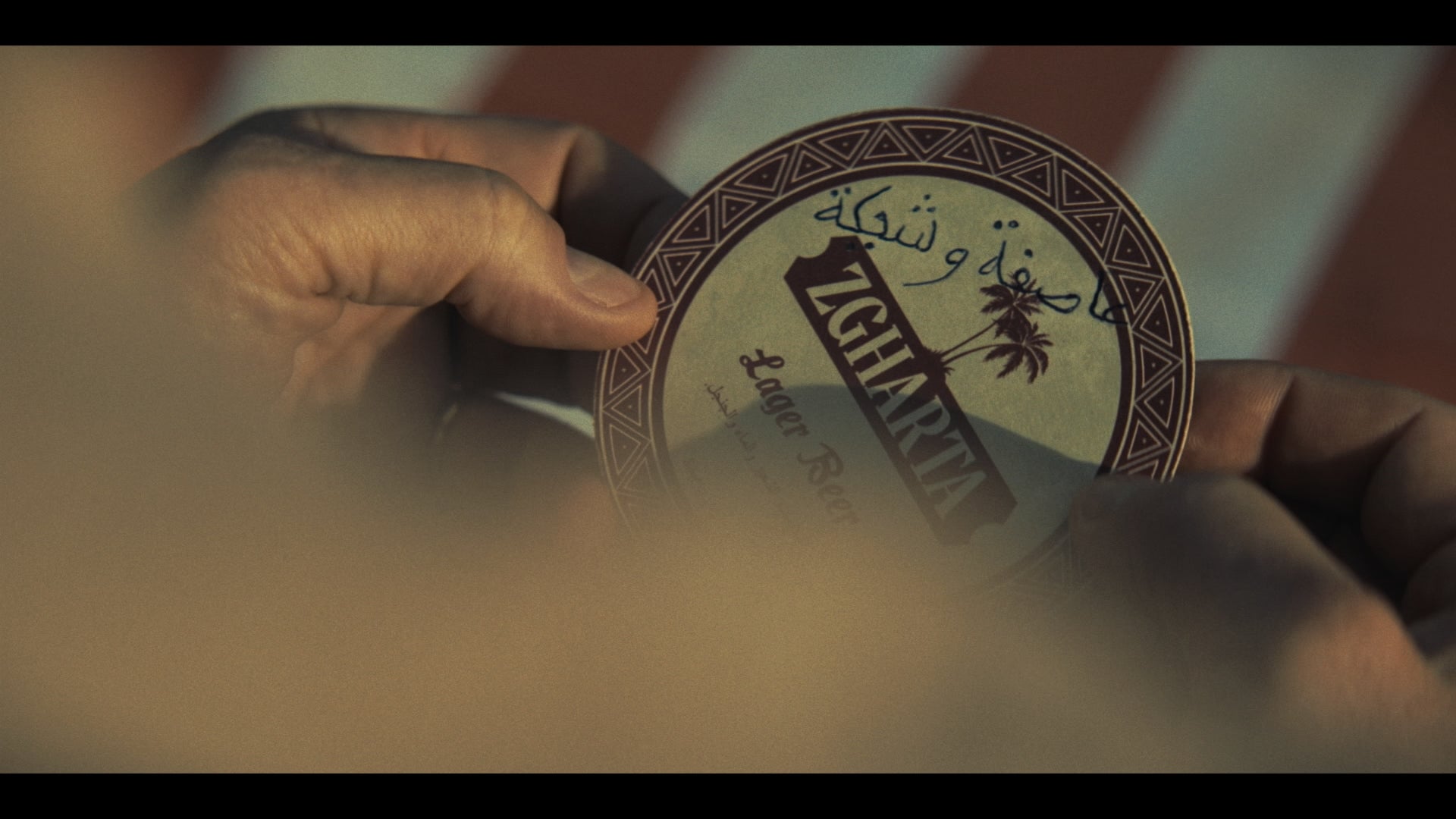
Another popular method of communication, employed decades before modern-day burner phones and satcoms, was radio. Spies could tune into ‘Number Stations’ – short-wave radio stations broadcasting a series of encoded messages that sound like gibberish, but with the right cypher, could relay key information to them when they were behind enemy lines. Similarly, in A Spy Among Friends Philby uses a book of poetry with a cypher as a way of encrypting and decrypting covert messages.
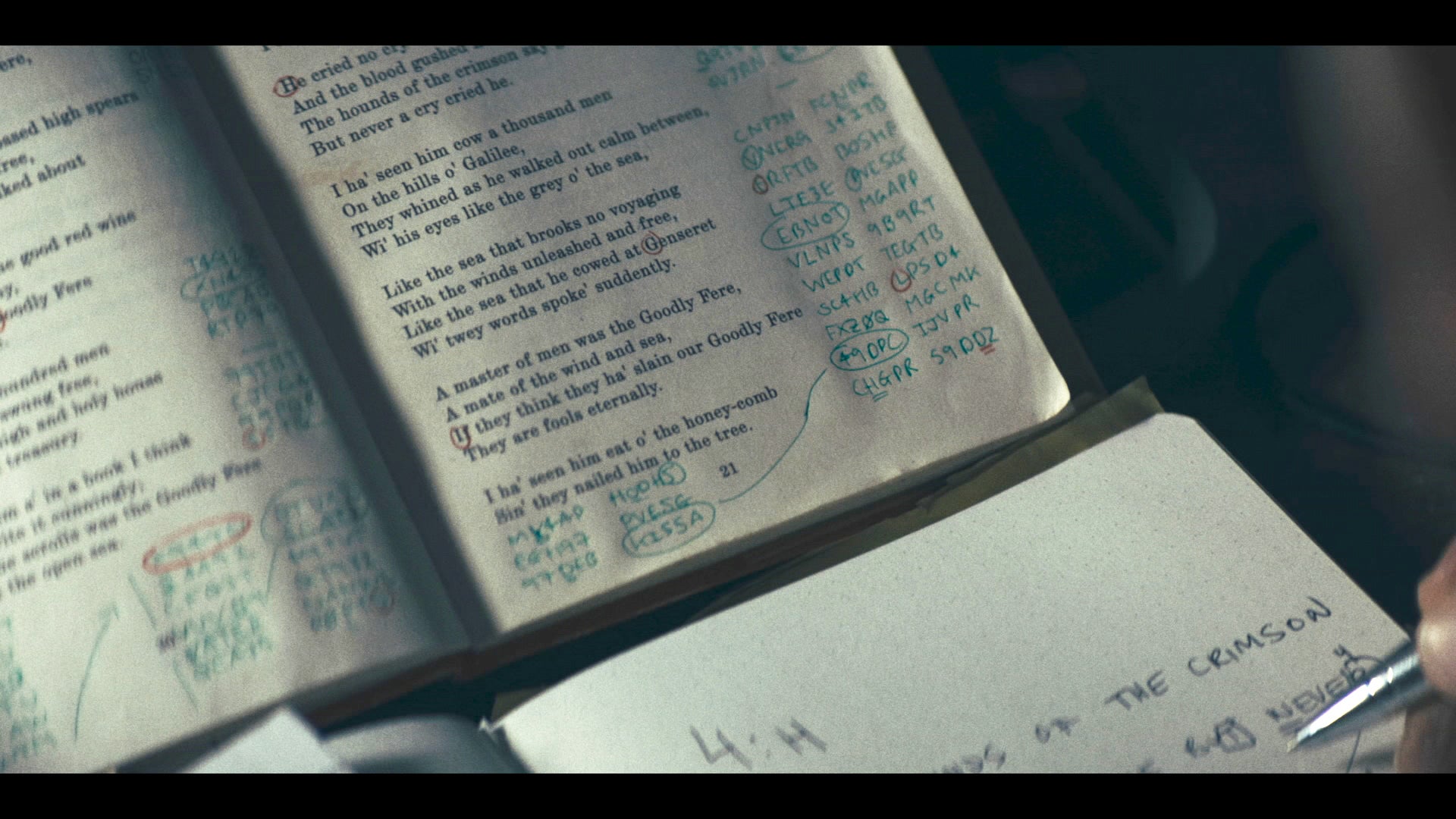
Later, more sophisticated methods were developed including microdot technology – which allowed the user to shrink a text to one-four-hundredths of its original size. While more recently steganography – the practice of concealing a hidden message in other data, often an image – was used by a network of Russian ‘sleeper spies’ living in America under false identities, who, according to the FBI, exchanged over 100 digital photos with embedded text before their arrests in 2010.
Surveillance tactics
One of the tasks regularly undertaken by spies is taking photographs – whether of documents, military equipment, inventions, or people. Cameras were developed that could be hidden in wristwatches, cigarette cases, and even buttons. One of the biggest problems faced by spies was making sure that the film was correctly exposed, which was often extremely tricky in the rather pressured circumstances.
Spies also need to eavesdrop on their targets, and microphones and transmitters were hidden not only in somewhat predictable objects such as lamps and telephones, but in bizarre objects such as fake dog poo and the bodies of dead rats. These transmitters could also be concealed on the body of the spy themselves. From everyday items, such as hollowed out books, and even, as technology progressed, the sole of a shoe, they were used to broadcast private conversations to a spy’s handler.
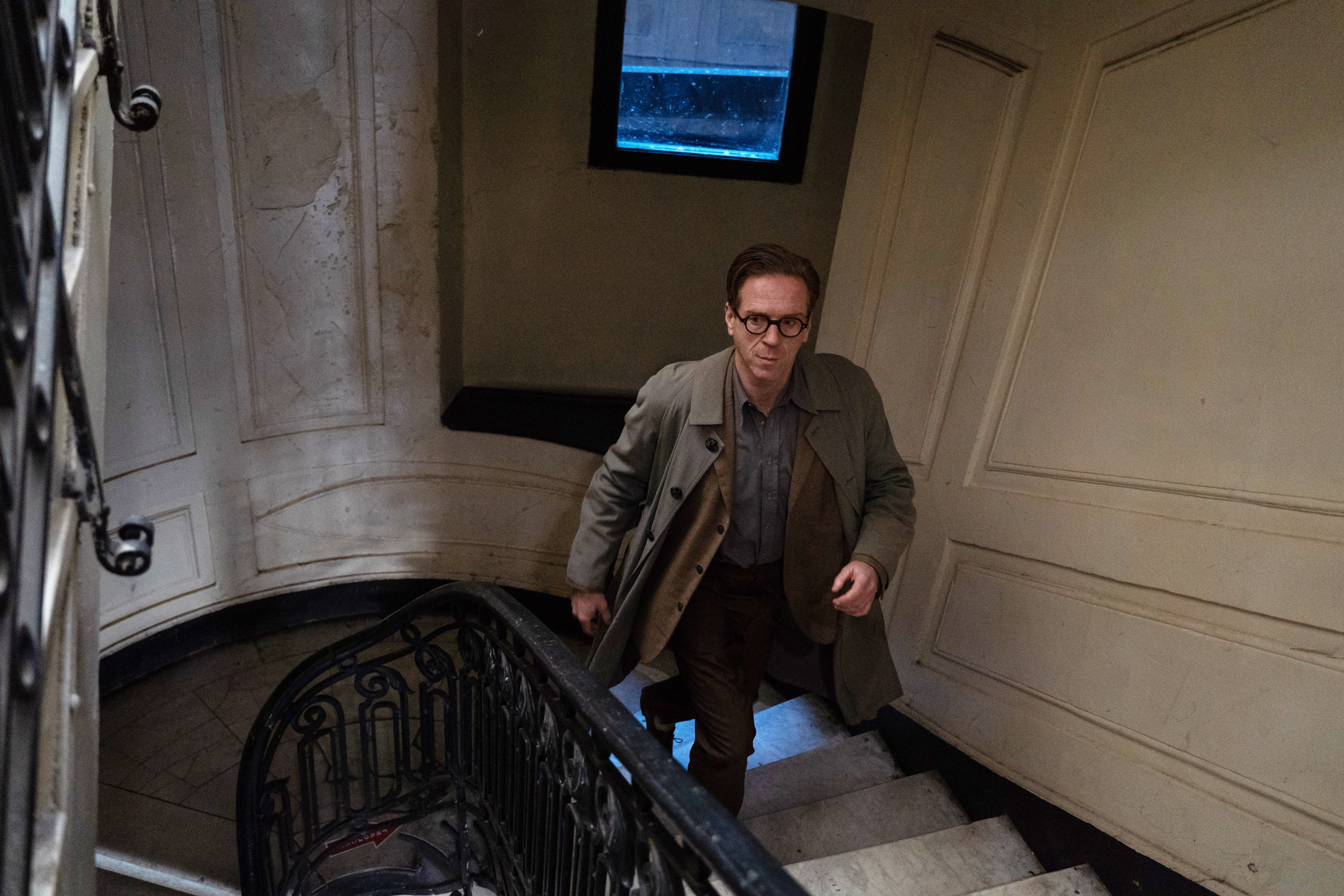
Since then, technology has evolved to make surveillance even easier. Even if agents are unable to get a microphone near their target, they can aim a ‘laser spying’ device at the office or room they are in. These can detect the tiny vibrations on window panes caused by voices, record them and turn them back into audible speech.
Explosive stuff
Depending on the mission at hand, spies also have to act as saboteurs and blow things up. Some of the most ingenious disguises for bombs included books, tins of food, fruit, cigarette packets, fake logs and once again – that old favourite of spy gadget makers – dog poo.
Hidden explosives had also been used successfully during WWII with the invention of ‘explosive coal’: a piece of coal (and, later, painted plaster) with the centre drilled out and filled with plastic explosives and a detonator. These would be hidden in the coal supply of a ship, factory, or generator in German hands. The coal would go into the furnace, causing a huge explosion and setting fire to the coal supply – as well as making the Germans seriously, and helpfully, paranoid about their coal.
(Really) concealed weapons
Espionage is, naturally, a dangerous business, and if spies get caught in the act, they can face interrogation and torture, followed by decades in prison, or even execution. So evading capture, even by the most extreme means imaginable, was something they needed to be equipped for.
During the Cold War period, spies were equipped with all manner of secret weapons, including tiny pistols hidden in items such as torches, gloves, lipsticks, and pipes. Often the pistols could only fire one shot, so they needed a steady hand and a lot of luck. If they failed to shoot their way out, their final recourse was to take a suicide pill. Again, these needed to be hidden, as being found with such a pill would have been highly incriminating, and because they formed a vital, if harrowing, last resort. Cyanide capsules were hidden in the arms of glasses that the wearer could casually chew on, releasing the poison, or the collars of shirts, so they could be quickly retrieved and taken before the enemy realised.
Of course sometimes spies are tasked with taking their enemies out. When Bulgarian dissident journalist Georgy Markov was hospitalised in 1978, he recalled being at a bus stop when he felt a sharp pain on the back of his right thigh. He looked behind him and saw a man picking up an umbrella off the ground. The man hurriedly crossed to the other side of the street and got in a taxi which then drove away. Markov died four days later. Following an autopsy which revealed a tiny 1.7mm pellet in Markov’s leg, it has been theorised that the umbrella might have been used to fire ricin – a highly poisonous substance – from the tip of the umbrella into his body.
Back to the old school
Despite all the hi-tech developments in tradecraft over the years, some old fashioned methods still persist. In the 80s, US CIA Officer turned KGB double agent Aldruch Ames used a mailbox to communicate – a horizontal chalk mark above the USPS logo would signal a meeting was needed.In the same FBI raid that discovered New Jersey’s keen steganographers, it was discovered that the Russian agents were using invisible ink, as well as bursts of data broadcast by shortwave radio. While in 2010, British spies were rumbled in Russia when they were caught with a fake rock containing a microphone and a transmitter.
So it seems the likes of Elliott and Philby, with their low-key, and even low-fi, tradecraft techniques are still spawning imitators, decades later. Which must be the mark of a good spy, whatever their intentions.
New ITVX show A Spy Among Friends is a compelling six-part psychological drama exploring the real-life story of MI6 agents Nicholas Elliott (Damian Lewis) and Kim Philby (Guy Pearce) whose relationship – professional and private – implodes when double agent Philby’s decades-long duplicity is revealed. Exploring the deeply polarised politics of the time, the complex machinations of MI6 in an ever-changing world, and the incredible personal betrayal at the heart of it all, this fascinating study of how friendship, trust and loyalty can be manipulated is your new must-watch.
A Spy Among Friends, Stream free here on ITVX

Bookmark popover
Removed from bookmarks